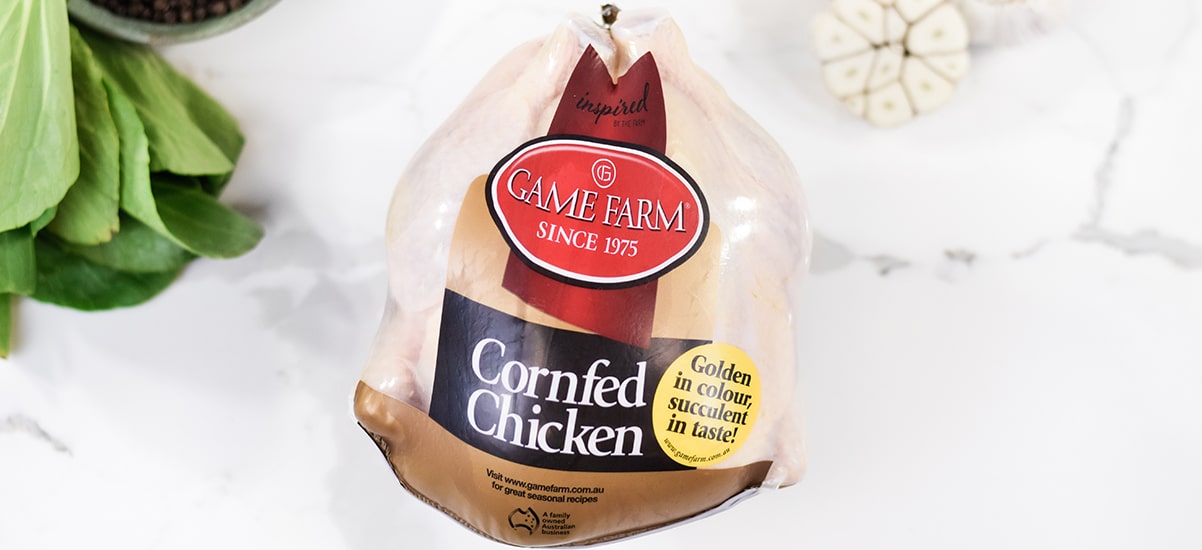
How shrink packaging has solved many issues in the food industry
Working in the food and beverage industry comes with its fair share of challenges.
All processes and products must be held to a very high standard at every stage, because food is such an important part of our lives. And because the food industry must meet such expectations, there are inevitably some issues that arise in trying to comply with all the responsibilities that result from selling something that people will ingest.
On the flipside, this means the industry is always at the forefront of new innovations. One inventive product that is helping to solve many of these challenges is shrink packaging, a modern and effective form of food packaging.
Exports
One serious problem – experienced by those in the meat industry in particular – is the difficulty of keeping meat fresh and undamaged during export to other countries.
… its strength and barrier properties keep a product fresh on its journey.
To override this problem, some companies instead send meat overseas as live exports, which ensures freshness. However, this comes with the issue that it is impossible to ensure the animals are killed in a sanitary and cruelty-free manner when they arrive at their destinations. Furthermore, the shipping process can be traumatic for many of these animals. For these reasons, live exports have been widely criticised and decreased rapidly over the last few years.
Shrink packaging provides a great way around this difficulty, as its strength and barrier properties keep a product fresh on its journey. Shrink wrap is made from a very sturdy, durable plastic. It is difficult to tear or puncture. Unlike other materials, shrink wrap does not become brittle or weaken when it is in the sun or extreme cold. Once the shrink wrap has been heated and sealed over your objects, it will not loosen or sag.
The bags also comes in a range of gauges (or thicknesses). A thicker, heavy-duty micron gauge offers a lot more protection to the product inside and will therefore prevent it from receiving any damage when exported.
Ensuring their product is fit for consumption should therefore be every food processor’s highest priority, and packaging is an important method of achieving this.
Food Safety
Shrink Packaging can also help keep food fresh, and uncontaminated. This is a great plus in a world where contaminated food can cause major outbreaks of dangerous diseases such as salmonella, or E Coli. It’s a regular occurrence that a range of food products will cause illness, be declared contaminated and recalled.
This can be a major catastrophe for the food producer, as not only does it mean heavy losses for product that cannot be used, it also lowers the brand’s reputation with customers. Ensuring their product is fit for consumption should therefore be every food processor’s highest priority, and packaging is an important method of achieving this.
The high level of barrier protection afforded by shrink packaging ensures there is no danger of the food coming into contact with harmful substances, and being contaminated. When heat is applied to shrink wrap, it creates a very tight seal. This plastic seal then fully protects the shrink wrapped contents. Once sealed, the items are no longer vulnerable to the damage that can be caused by dust, dirt or moisture.
… food waste is one of the most major issues facing our environment and society.
Food Waste
Finally, one of the most major problems facing the food industry at present is food waste. While people today are becoming increasingly focused in the need for sustainability, many don’t realise that food waste is one of the most major issues facing our environment and society.
To give you an idea of the scale of this problem, according to OzHarvest, one third of all food produced is lost or wasted –around 1.3 billion tonnes of food –costing the global economy close to $940 billion each year. And, if one quarter of the food currently lost or wasted could be saved, it would be enough to feed 870 million hungry people. In Australia alone, one in five shopping bags end up in the bin = $3,800 worth of groceries per household each year.
Globally, too, the impacts of food waste are astounding. It contributes to:
- greenhouse gas emissions
- uses freshwater that we cannot afford to sacrifice
- costs millions of farm animals their lives
- accounts for billions of dollars’ worth of human labour
This astronomical level of waste must be reduced. One method that could help to do that is the use of shrink packaging. Because this type of product prevents any oxygen from reaching the product, keeping it in a vacuum, using it can greatly increase the shelf-life of products. A longer shelf-life will give a product far more opportunity to be sold and used before it is thrown out, and wasted.
The food and beverage industry is a challenging place. But this means it’s also full of great, innovative solutions meant to solve these difficulties.
Shrink packaging is one of these solutions. It’s a product being continually advanced and improved with the changing demands of the food industry, and it’s a large part of the future of food packaging.
Equipping the food industry to grow with food processing and packaging solutions
call 1300 88 99 51
email [email protected]
room 35 Shirley Way, Epping VIC 3076
room 9 Mcilwraith St, Wetherill Park NSW 2164, Australia
room 21 Hoyle Rd, Hope Valley WA 6165
room 7 Chadderton Bvd, Epping VIC 3076
room 20 Arthur Dixon Court, Yatala QLD 4207
room 22 Glassford Rd, Kewdale WA 6105
Connect with us on LinkedIn
